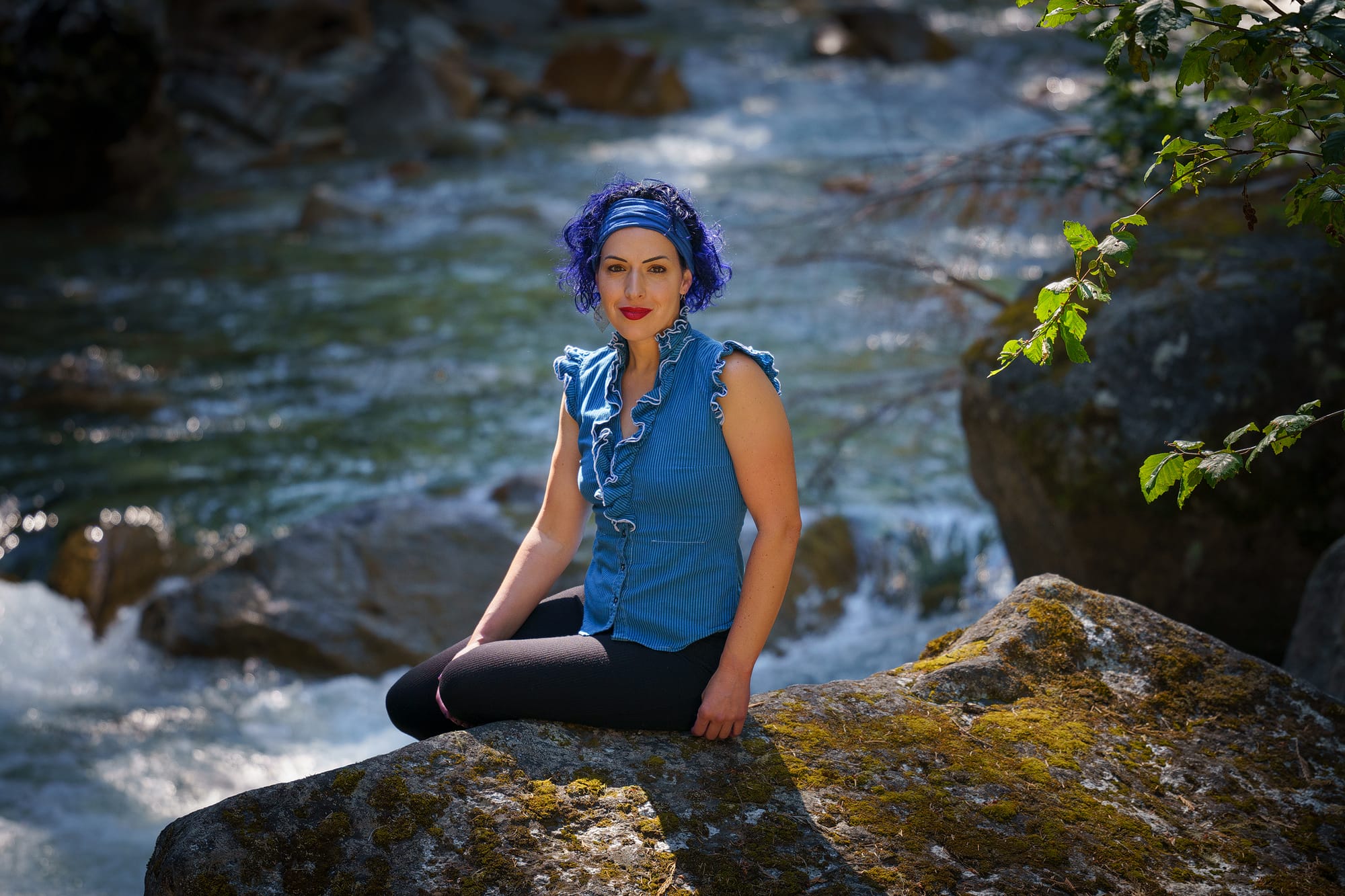Feeling Safer in Our Bodies
Somatic Skills to Increase Your Exploratory Appetite


Over the last few weeks, I’ve been playing in the woods and rivers of the Pacific Northwest and doing challenging activities, like backpacking, which are outside my norm. While these adventures have been enjoyable and exciting, there has also been a fair amount of discomfort and fear. To enhance my feeling of safety during intense moments, I have been using a variety of Somatic Experiencing (SE) techniques.
Developed by Peter Levine, SE is a body–mind therapy focused on helping people draw attention to their bodies, specifically as a way to heal trauma. As someone with my own traumas and who also takes a trauma-informed approach in my work, these techniques have been a big part of my personal and professional process. SE explores internal awareness of the body (Interoceptive), spatial orientation of the body (Proprioceptive), and movements of the body (Kinesthetic)(Payne, Levine, & Crane-Godreau, 2015).
As an extension of the areas this model can be helpful in, I have found somatic skills effective (with myself and with clients) for feeling safer in our bodies and increasing our drive to explore. While these techniques often focus on self-regulation, they can also be used for co-regulation, which is how we calm ourselves down while we are connecting to someone else. When used in co-regulation, somatic skills can contribute to an increased sense of intimacy, connection, and shared exploratory desires.
One somatic skill you can practice today is Containment. These techniques are all about soothing and rewiring your nervous system, and they can be accomplished nearly anytime and anywhere. The exercise described below involves one version of Containment using self-touch and can be done standing, sitting, or lying down. Practice this skill a few times while you are calm before practicing this while distressed. Take your time with each step. If you are in a public space that you do not feel comfortable doing this exercise in, go outside, go to the bathroom, or seek another private area.
Containment
1. Take a slow breath in, hold the breath for a moment, and breathe out. Notice your body and any feelings that arise.
2. With your right hand, gently grab the left side of your upper body, just past your heart; with your left hand, gently grab your right bicep — as if to give yourself a big hug. Adjust your hands as needed to feel most comfortable.
3. Taking your time, notice:
— the feeling under your hands (temperature of your body, texture of your clothes, feeling of your heartbeat if it’s noticeable)
— if you feel held and contained by your arms (is it pleasant or unpleasant?)
— how the rest of your body feels (midsection, arms, neck…)
4. Take another slow breath in, hold the breath for a moment, and breathe out. At the same time, give your body a squeeze and release your arms to your sides. Notice your body and feelings now. Has anything shifted?
I hope this exercise has you feeling cared for and that any good feelings generated carry into the rest of your day. Another version of this same technique can be used in co-regulation and done with a partner. Each version has benefits. For the partnered version, as well as additional somatic skills, please register for Michelle Renee and my Somatic Skills for Expanding Sexual Expression Workshop in San Diego on September 25th, 2022 — https://www.eventbrite.com/e/somatic-skills-for-expanding-sexual-expression-tickets-385027306037?aff=eand — or book me for a session. I hope to see you soon.
References
Payne, P., Levine, P. A., & Crane-Godreau, M. A. (2015).
Somatic experiencing: Using interoception and proprioception as core elements of trauma therapy. Frontiers in Psychology, 6(93), 1–18.